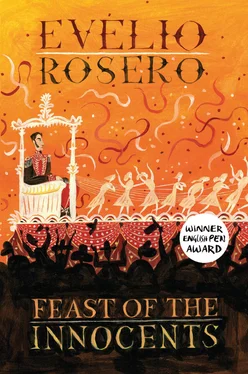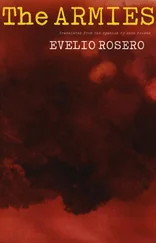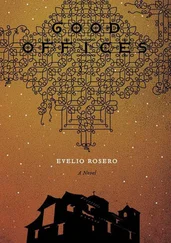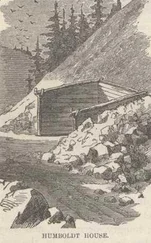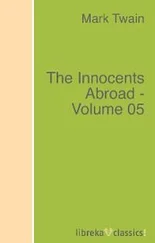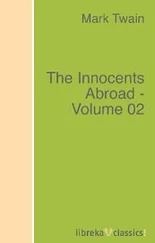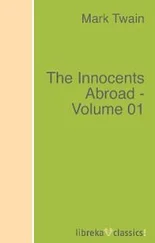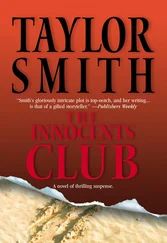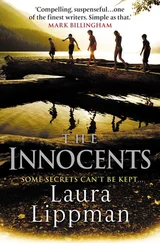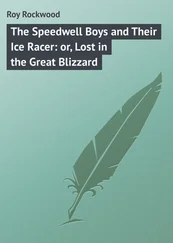The doctor looked over at Furibundo enquiringly, but he pretended not to see him. Who does this man remind me of? — the doctor wondered, intrigued, and it was in that instant that Furibundo Pita, with his sharp face, dark sunken eyes, prominent cheekbones, heavy brows, curly hair, slight body — sharp, narrow shoulders and bony knees — reminded him of someone or of the likeness of someone very close to him, very well known, but who? He could not guess.
It began to drizzle.
Sticking his narrow head far out of his window, Don Furibundo asked a peasant approaching on his donkey the whereabouts of Maestro Abril’s workshop. “It’s possible Tulio’s still there behind the church,” the peasant answered, open-mouthed in surprise at encountering Furibundo Pita’s unmistakeable face before him. The peasant’s eyes, his voice, seemed wreathed in unfathomable cunning. Don Furibundo accelerated without saying thank you, leaving behind the leathery, smiling face that scoffed covertly, who knows about whom, or why, the doctor mused.
They went up the muddy track until they reached the top of the hill, the children who had followed them now outdistanced, and began to descend, slipping in the mire, honking loudly at every bend. And thus they burst, hooting, onto a lane as slippery as glass, with dilapidated houses set around a circular plaza, where a tiny church stood.
“I won’t believe it till I see it,” Don Furibundo said.
Doctor Proceso was beginning to regret the riotous outing. He no longer felt any curiosity to discover his neighbour’s disputes over honour. How did I end up here, he wondered, shouldn’t I be celebrating Floridita’s birthday?
Beneath the increasingly heavy drizzle, which seemed never-ending there, on one side of the church, they could just make out Maestro Abril’s workshop, looking as though it was huddled in a nest of fog on the narrow street. Don Furibundo stopped the jeep beside the large metal door, slick with rain, almost a mirror; through a hole in the middle, where a chain and an old padlock stuck out, they thought a face peeped for a moment, an almost wooden-looking face that saw them and vanished. Don Furibundo gave two, three, four honks on his horn, but everything remained as it was, no-one came.
In that brief time, the children caught up with them, running, but without shouting, without a sound.
The doctor and Furibundo got out.
On either side of the door was a long, crumbling wall that surrounded the workshop where Maestro Abril worked. And protruding above the wall, jagged against the sky, the formidable shrouded skeleton of a carnival float could be made out, its vague silhouette, the mystery Maestro Abril had been assembling, step by step, for months, in order to compete in the procession of floats on January 6. Only the monumental proportions of the form could be seen, not its spirit, it was covered with huge tarpaulins that protected it from rain and curious glances. Every so often, from inside, they could hear the hammering of labourers hard at work, occasional voices or laughter, a woman’s complaints. Maestro Abril worked alongside his inseparable comrade Martín Umbría — also a master craftsman — and was helped by Zulia Iscuandé, their sons, daughters in-law and grandchildren, and others from the neighbourhood, sporadic apprentices who put their faith in the maestro’s imagination year after year. Many years earlier, Tulio Abril had won, and this was a matter of sufficient pride to encourage him to build floats every subsequent year of his life. He invested all his time and savings in the construction of the yearly float, and went on building it in sickness and in health, with unassailable determination; from time to time Zulia Iscuandé threatened to leave him — because the paltry and rigged prizes handed out by the government did not repay even half the investment — nevertheless, after the annual arguments, the domestic setbacks, no-one was interested in anything but the contest on January 6, and went on every year underpinning what they had dreamed up: another carnival float. It was the same for the rest of the artisans, alone or in company, alive or dead — the doctor mused — because for time immemorial, even from beyond the grave, they would go on competing, making floats for a carnival of the dead — he thought, as he observed the bare bones of the half-built float, bandaged in coloured cloths.
He regained his curiosity when he heard Furibundo Pita using the pad-lock to pound on the door.
The voices inside stopped talking.
“It’s Arcángel de los Ríos,” Don Furibundo said. “I need to see Maestro Abril.”
The silence continued, then came more pounding with the padlock.
“Get Maestro Abril,” Don Furibundo reiterated.
The drizzle got heavier. At the summit of Galeras a band of fog, rough with grainy sleet, seemed to start to fall.
“Open up, you pricks, it’s Don Furibundo Pita himself,” Don Furibundo Pita himself shouted in the end.
“It is him,” the children confirmed, in unison. “It really is.”
Don Furibundo rounded on the children, who retreated, startled; even so, like the peasant on his donkey, they harboured a dark, biting mockery. Clearly — the doctor realized — that underlying jeer reminded Furibundo Pita of something that had reached his ears, some gossip: news about the spirit of the float Maestro Abril was preparing. Don Furibundo was about to knock again when a strong hand poked out through the hole in the door, grabbed the chain and padlock and opened up without hesitation; the door creaked on its hinges; on the other side, Maestro Tulio Abril appeared, bushy-moustached, as short as Don Furibundo, but feisty and holding himself erect. He was wearing overalls, had a dark scarf around his head, and held what looked like the door of a jeep, six times larger than life, made from papier mâché.
Behind him, like shadows scattered under the zinc roof, craftsmen young and old were working away, Zulia Iscuandé too, all seated on tree stumps and rocks, polishing the components of a colossal jeep: one had a tyre, another the rearview mirror, over here a lit headlamp made of sheet aluminium, over there the exhaust pipe, the bumper, the mudguards, the enormous windows.
The maestro and Furibundo Pita contemplated one another for what must have seemed to them a never-ending moment, for they both appeared painfully overwhelmed; it was as if they were meeting face to face for the first time — after thinking about it day and night for years.
And both, ultimately, seemed disappointed.
“Let us in,” Don Furibundo said.
“By all means,” Maestro Abril replied.
He put the papier-mâché jeep door to one side and held out his calloused hand to the two men. He did not recognize downcast Doctor Proceso, sunk inside his raincoat, but he greeted him deferentially.
But before the men could follow him, the children, of one accord, and without anyone inviting them, darted into the workshop and dispersed to every corner like watchful birds.
In the murky drizzle, they saw Furibundo Pita suddenly run off, go up to the skirts of the float and pull urgently on one of the tarpaulins as if someone were trying to stop him, and no-one did stop him, but he could not get the cloth off: after several tugs he was just able to tweak apart a fold. What did he discover? Only a papier-mâché woman’s calf, voluminous and white, not yet painted. The next tarpaulin was tangled around one of the protrusions. The impossibility of exposing the float with a single jerk made Don Furibundo turn pale: he dithered painfully, working out the best way to uncover it, then seemed about to attack it tooth and nail on a grand scale when, at a signal from the maestro, the children scrambled up and with a “one, two, three” laid it bare, revealed its vast outline, white as frost, exposed to everyone the spirit of the float, which Don Furibundo contemplated open-mouthed, eyes goggling, as did his companion Doctor Proceso and the rest of those present — as if they too were seeing it for the first time.
Читать дальше
